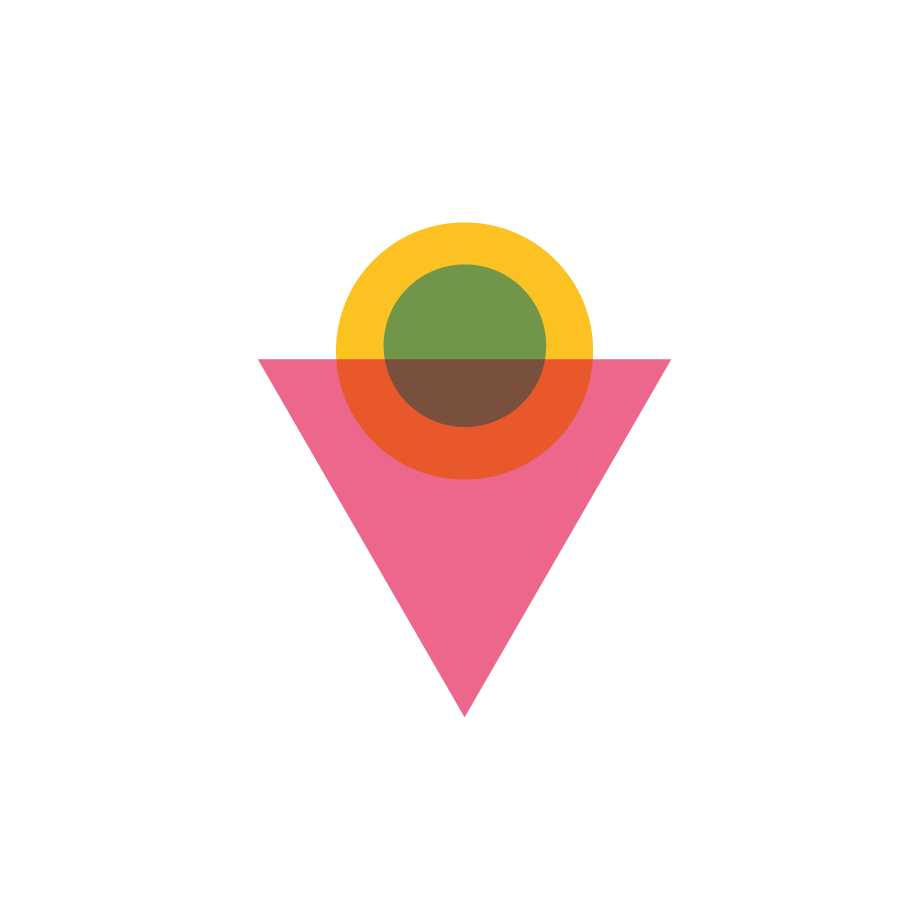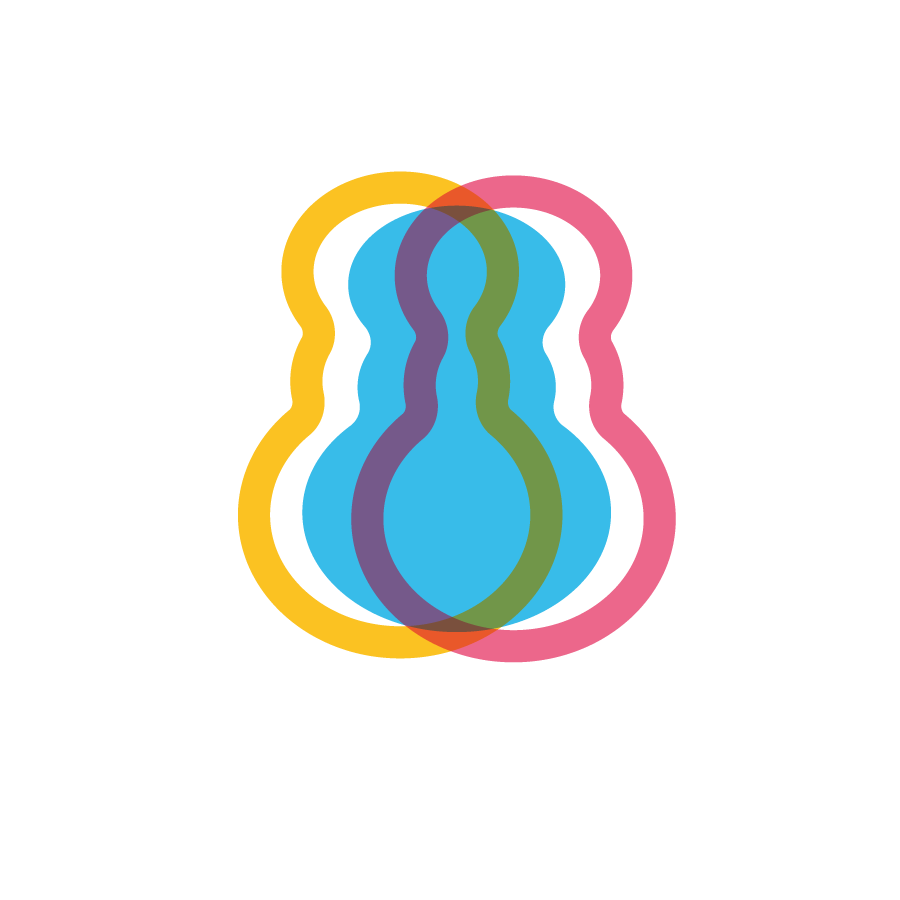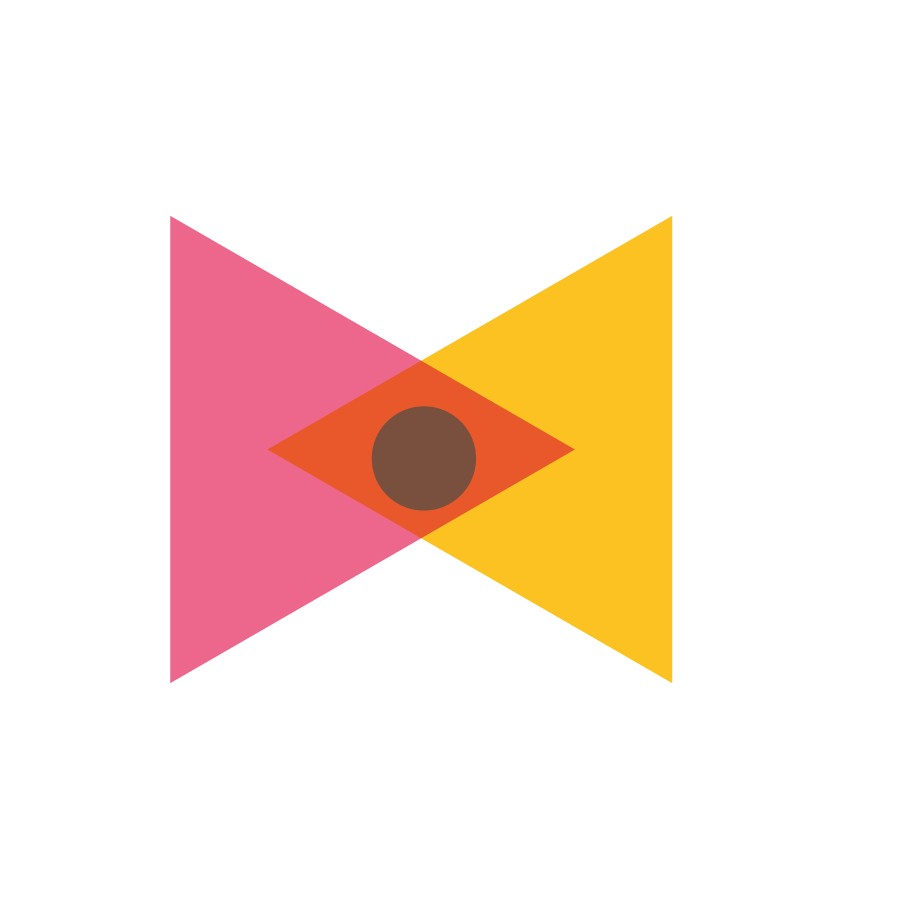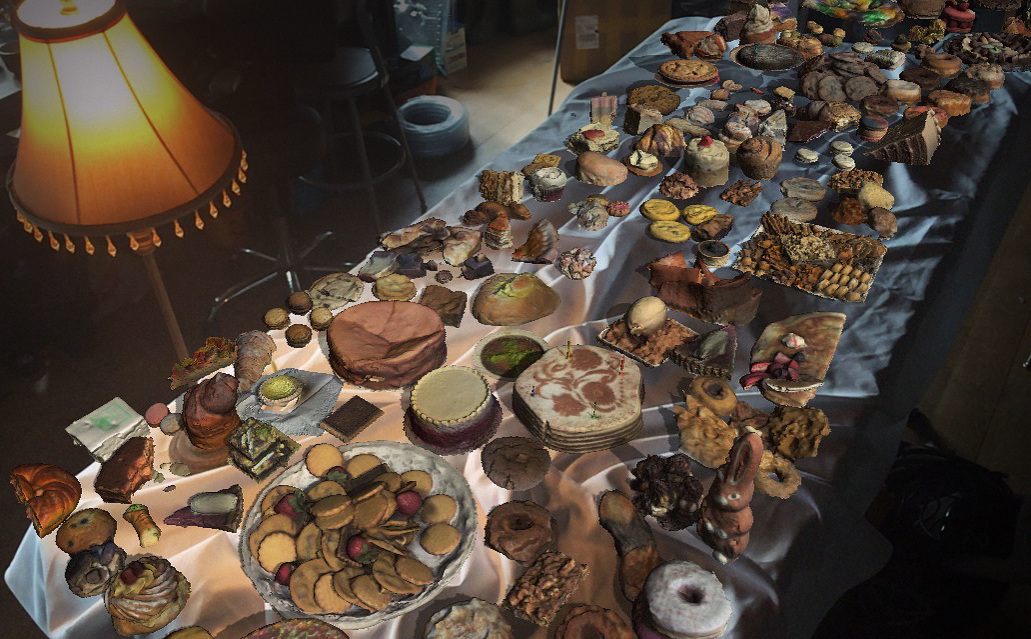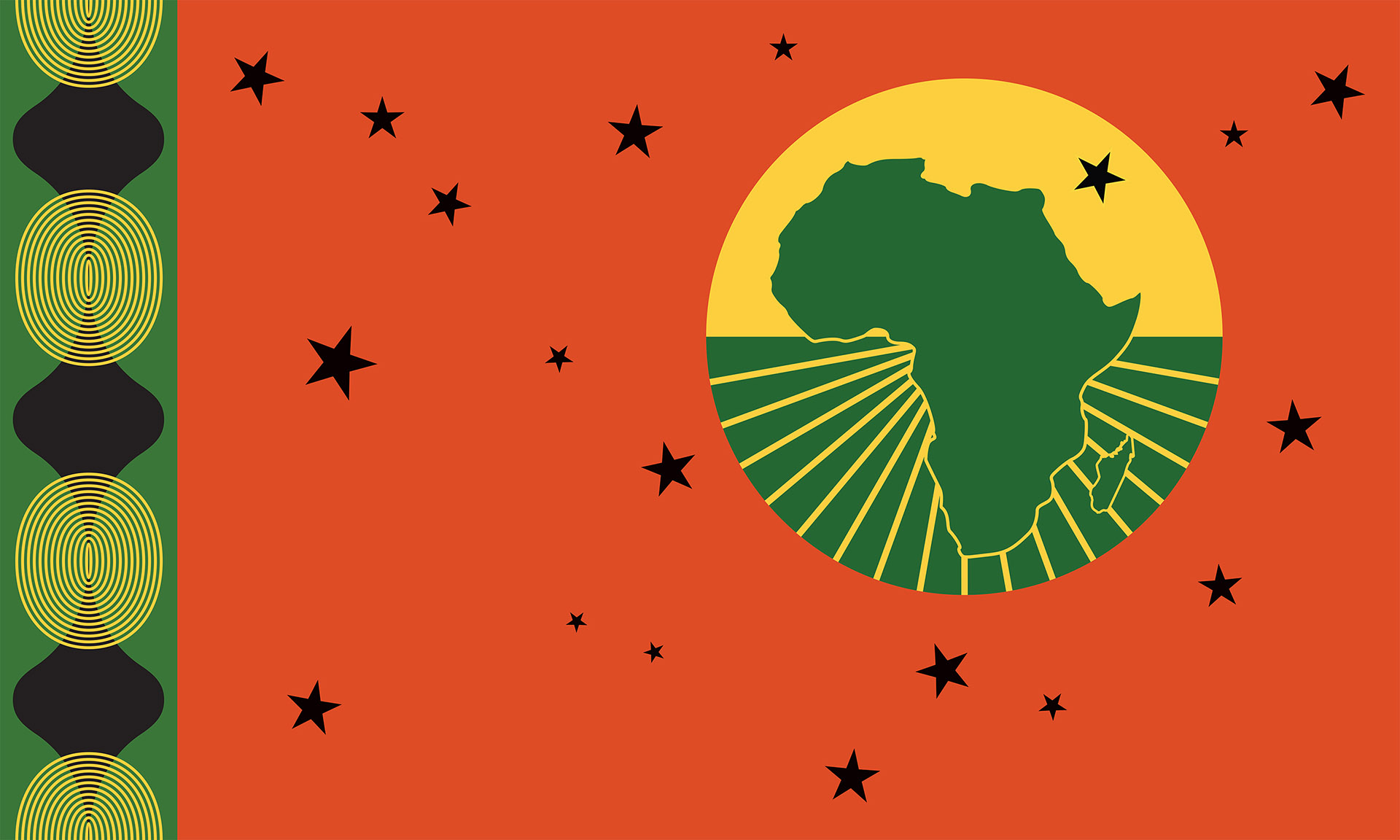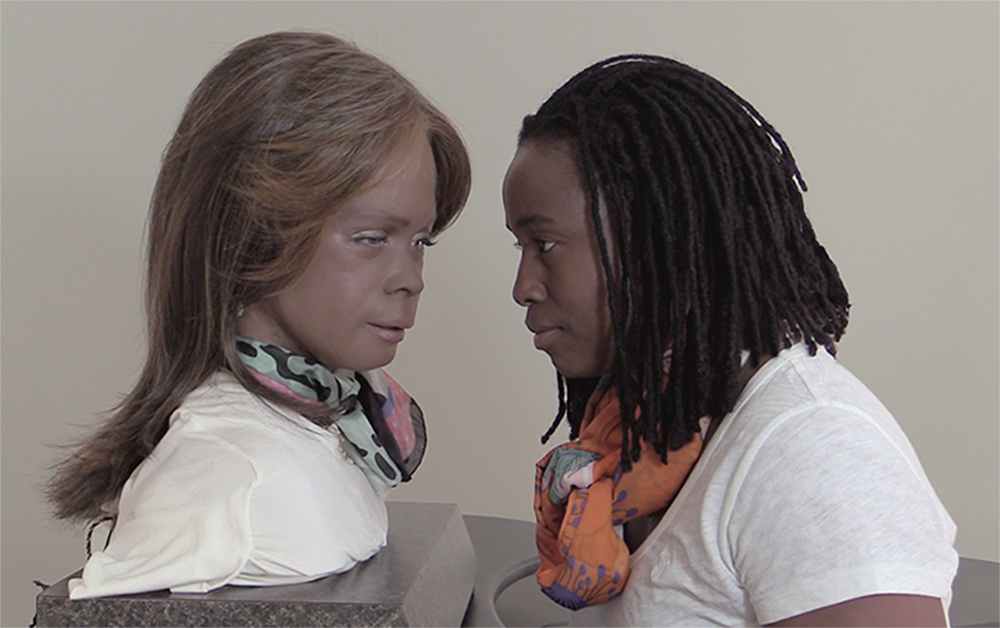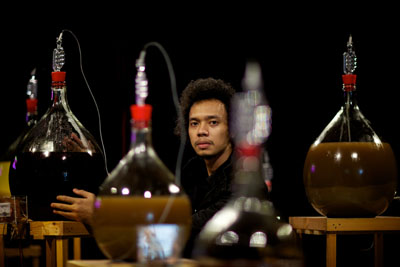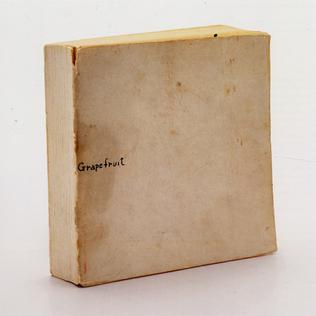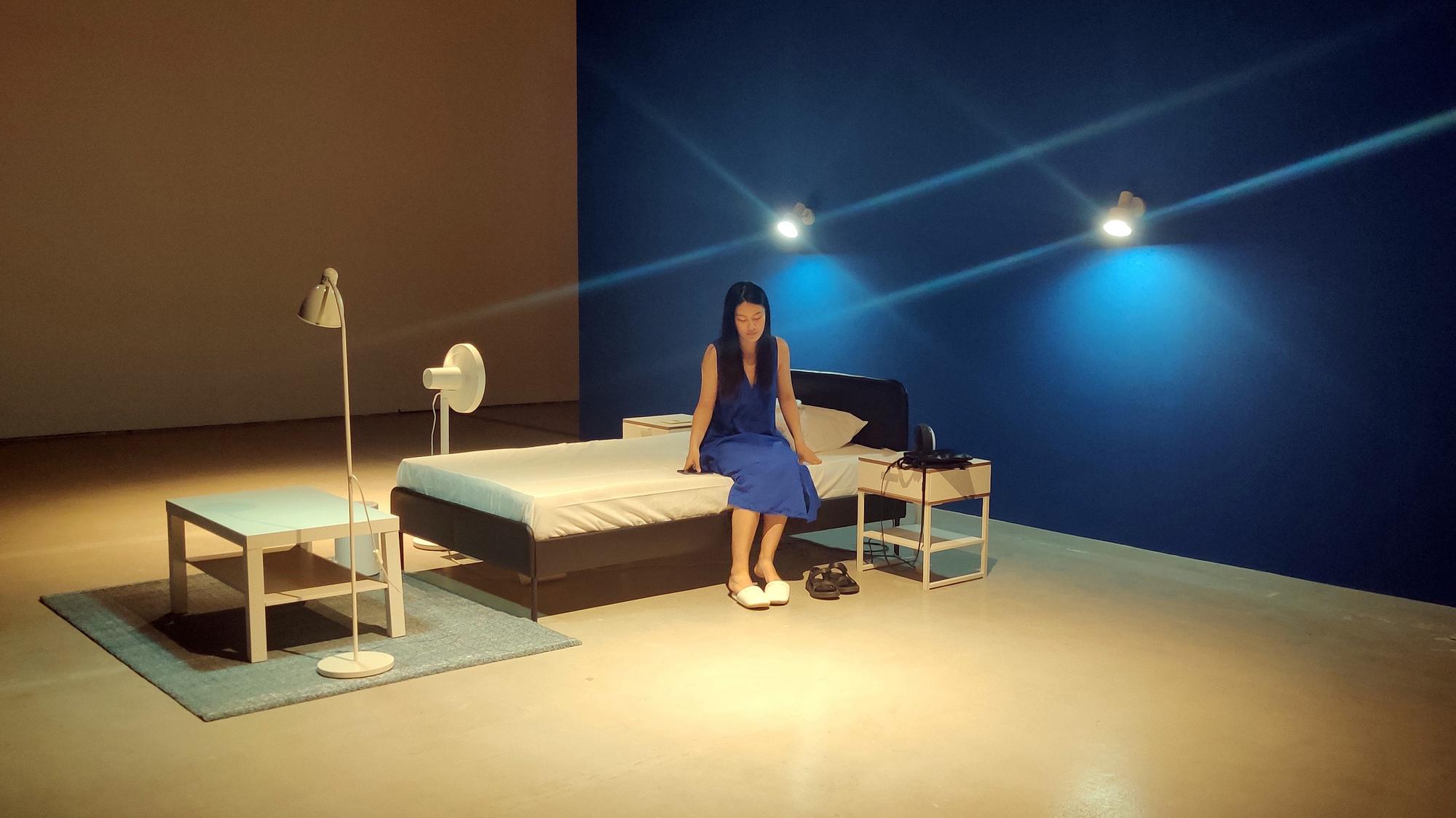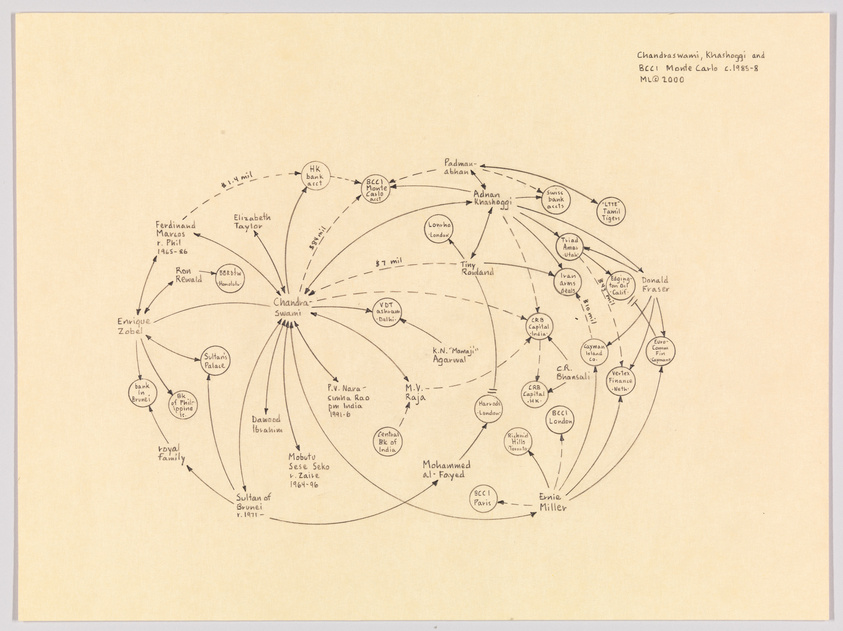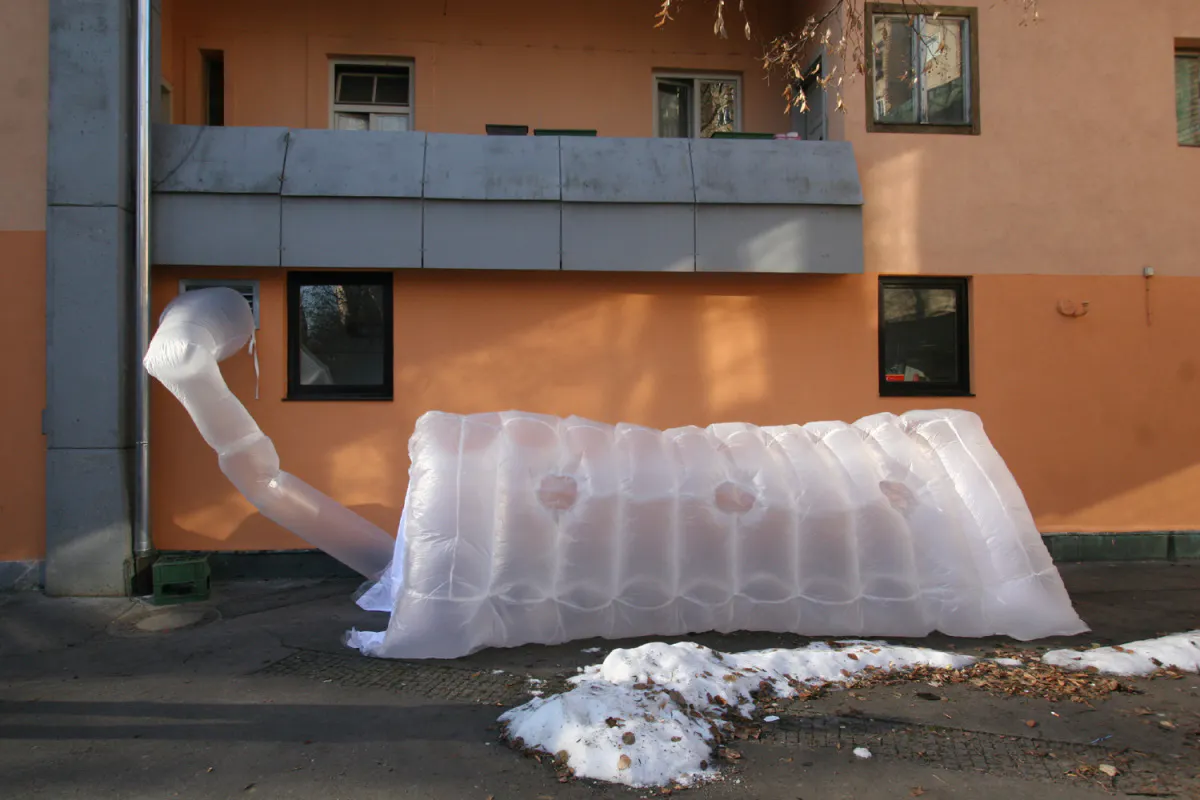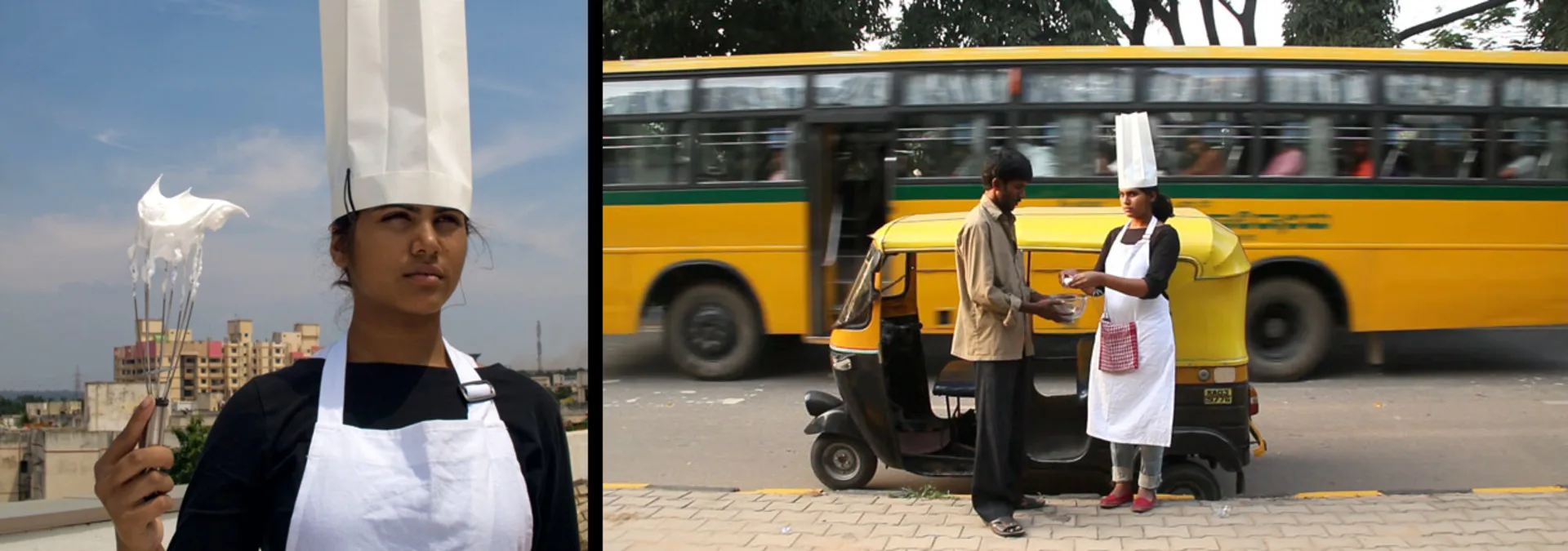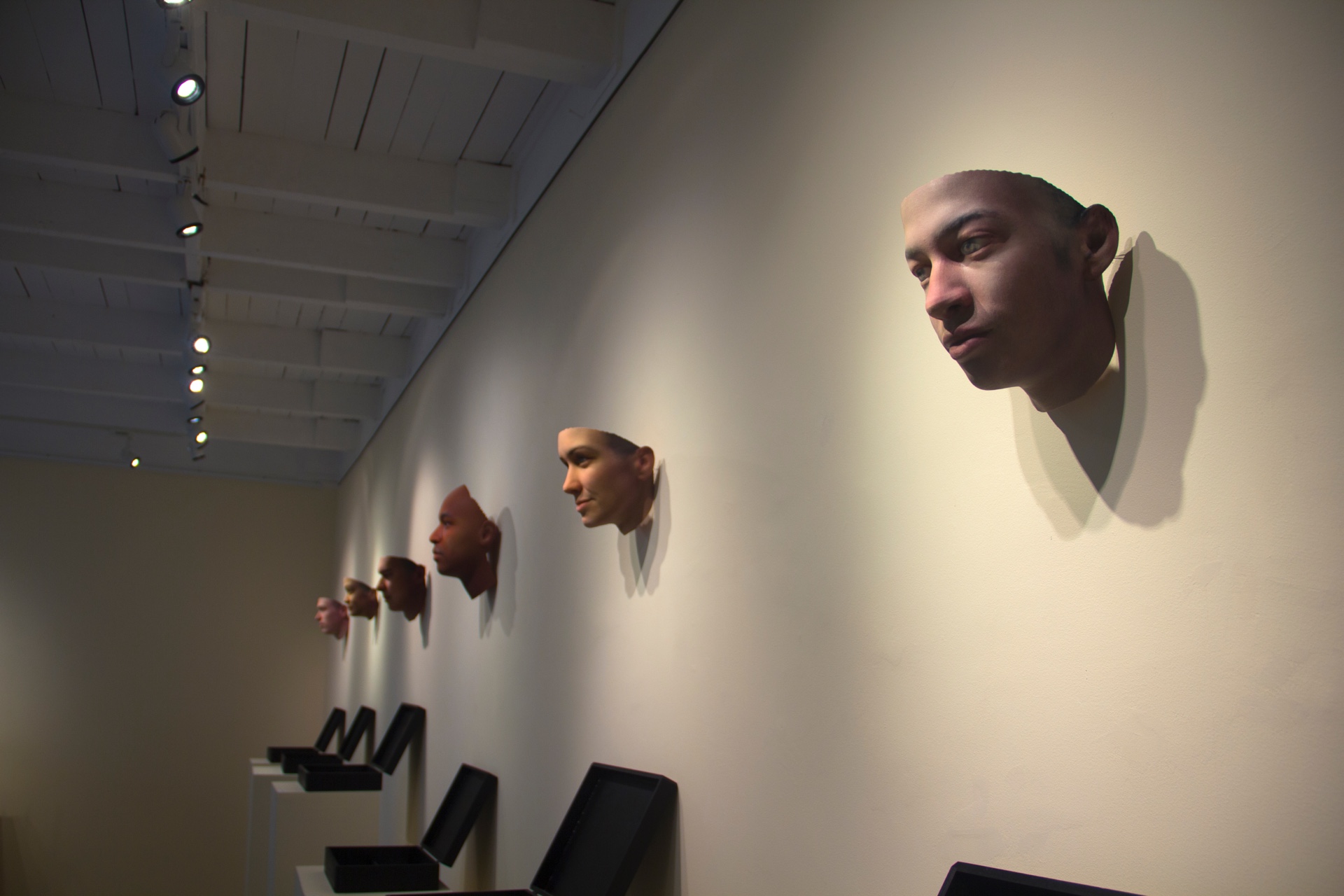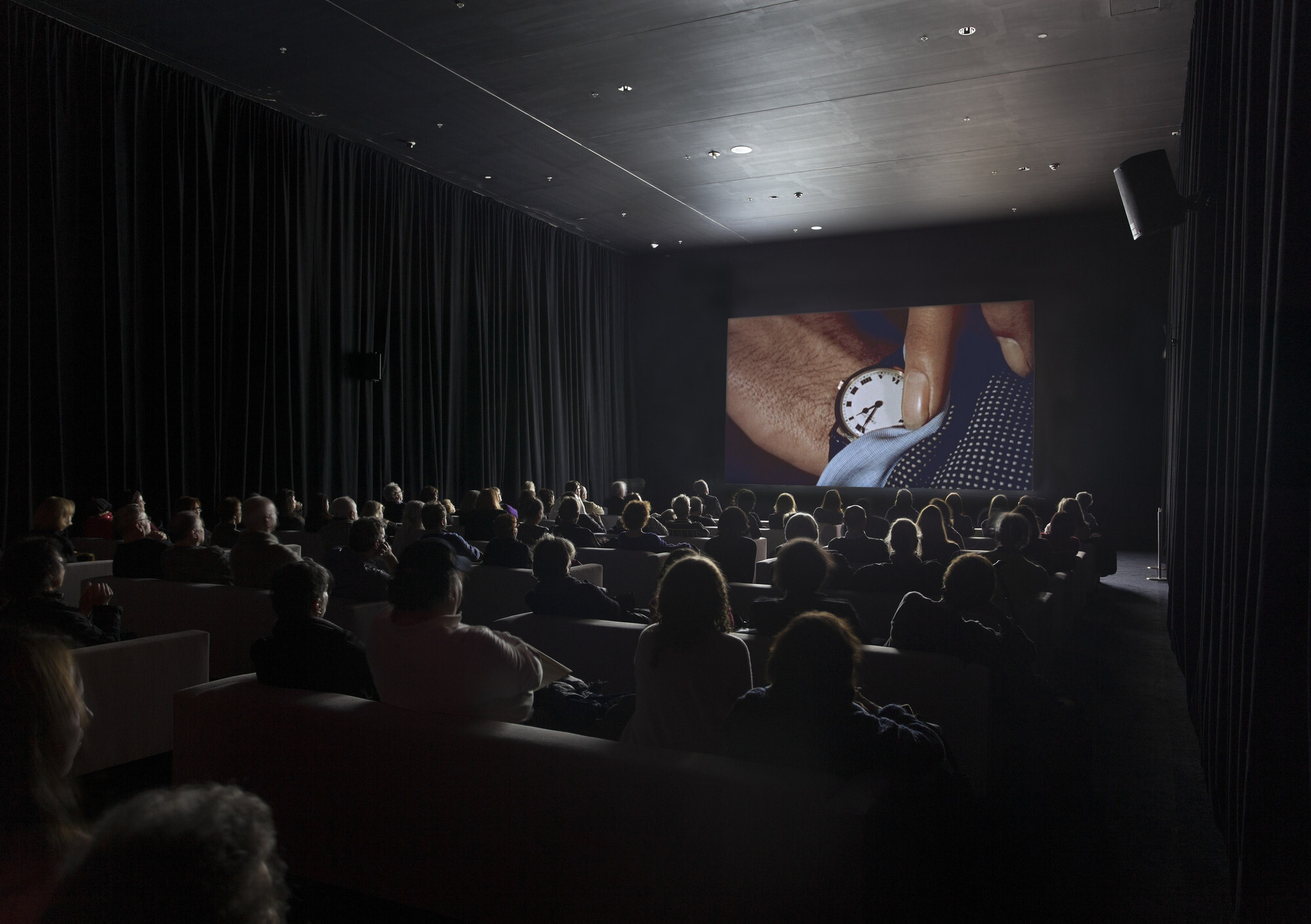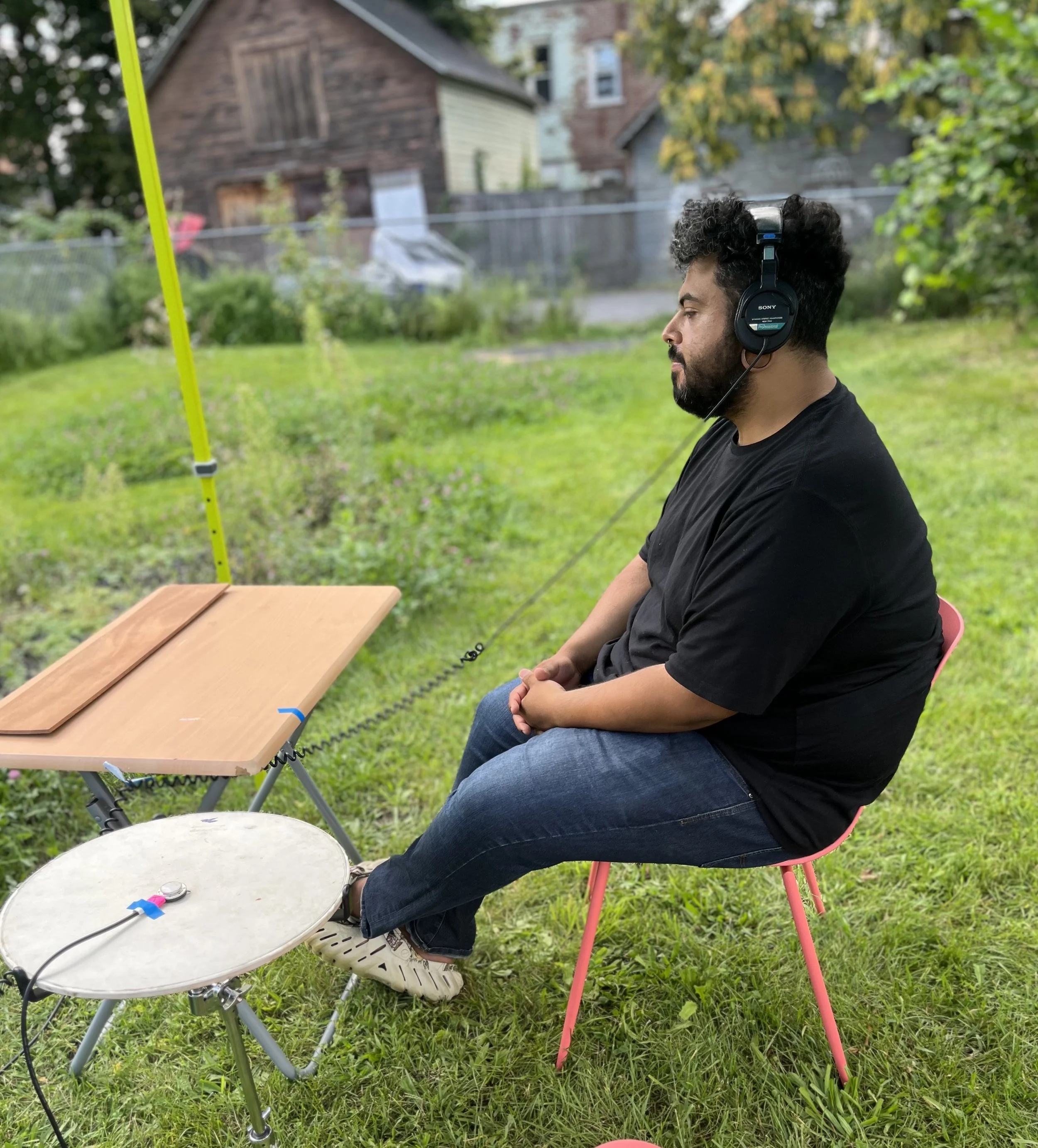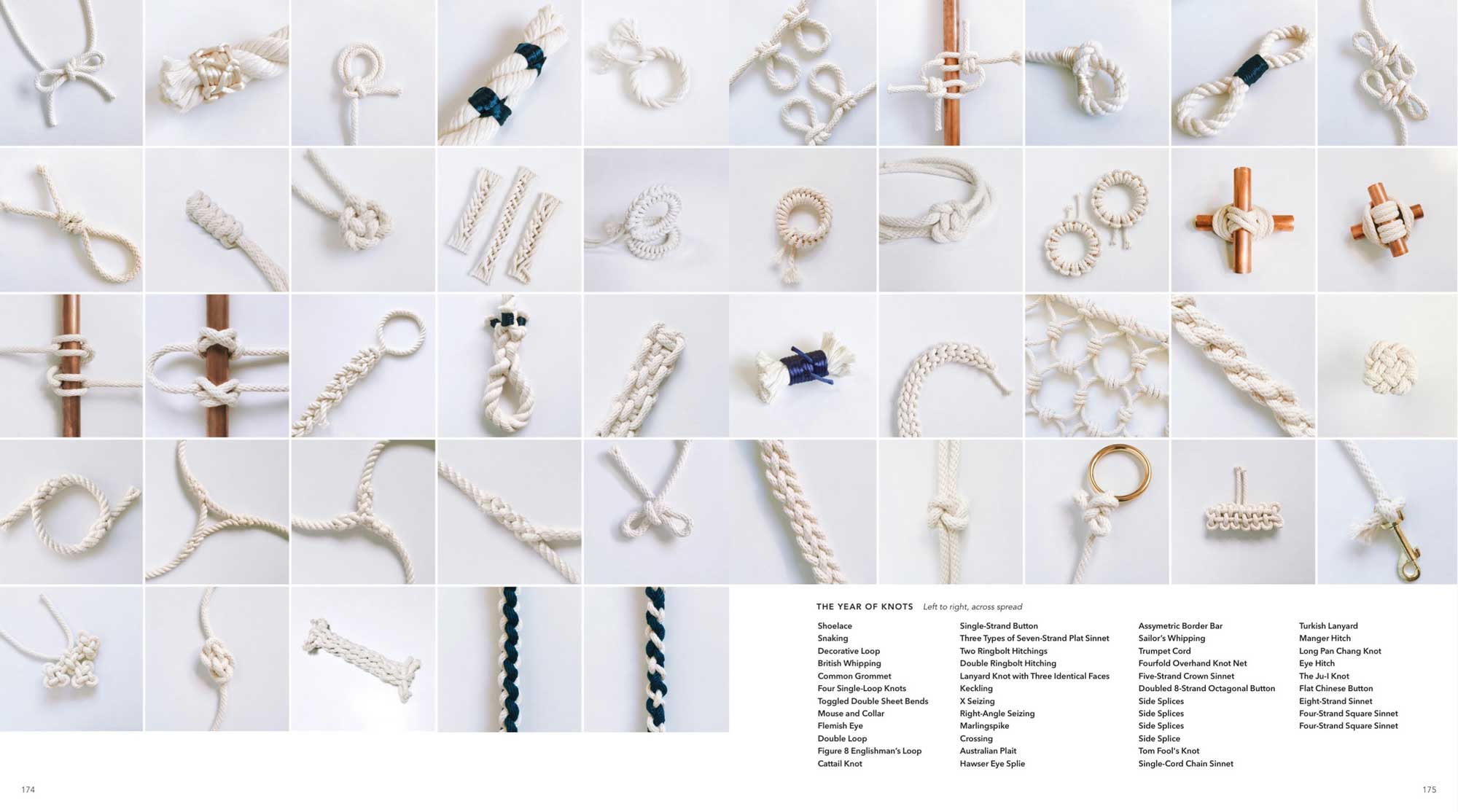Guide to a Random Topic
Prompt
Using a random topic to research, make a creative guide to that topic. The guide may use any medium or technology, be low or no-tech, and should be in a recognizable form that (overtly or subtly) engages with a system that you mapped.
Recognizable forms include: a field guide, an audio tour, a cookbook, an exercise tape, etc.
You/your guide should…
- Have a lens through which you are presenting your topic
- Have in mind a specific user/audience/public
- Be “usable” – it should enable the user to do something (ie, helps you identify a bird versus learn about birds) – your guide can be educational, but should be more than a ‘Wikipedia-esque artifact about your topic.
- Take advantages of the affordances (the inherent qualities) of the form you chose
- Intentionally employ a visually metaphoric system
- Have a clear intention for the effect you want the guide to have on its audience (to illuminate, educate, transform, lighten, criticize)
- Have a clear tone, mood appropriate to your guide’s intended effect (humorous, ironic, nostalgic, mournful, serious)
- It does not need to be a LITERAL guide – have some creativity! How far can you twist or turn the form and still have it resonate as that form?
Note to facilitators:
The topic can be nearly anything (past topics have included: lipstick, sugar, and the Sims). Topics that seem most generative tend to be
- able to be understood through multiple critical lenses (ie: feminist, aesthetic, economic)
- have some concrete manifestation (abstract concepts don’t make great topics)
- produce significant material when researched through traditional methods.
If you are running the course with a large enough group, we recommend organizing the topics into cohorts of 3-5 people with a shared thematic category.
For example, a topic and two different systems approaches might be: tomatoes/cultural food preferences OR tomatoes/supply chain logistics.
//related materials
/readings
-
An Audubon in Sound
-
Art as Experience
-
Design Noir, The Secret Life of Electronic Objects
-
Emergent Strategy: Shaping Change, Changing Worlds
-
Envisioning a Sustainable World
-
Food as Metaphor
-
Ideas Arrangements Effects: Systems Design and Social Justice
-
Metaphors Make Brains Touchy Feely
-
Metaphors We Live By
-
Observations on Forms and Patterns of Critique
-
Systems Thinking and Genetically Modified Food
-
Taste Metaphors Ground Emotion Concepts Through the Shared Attribute of Valence
-
The Design of Everyday Things
